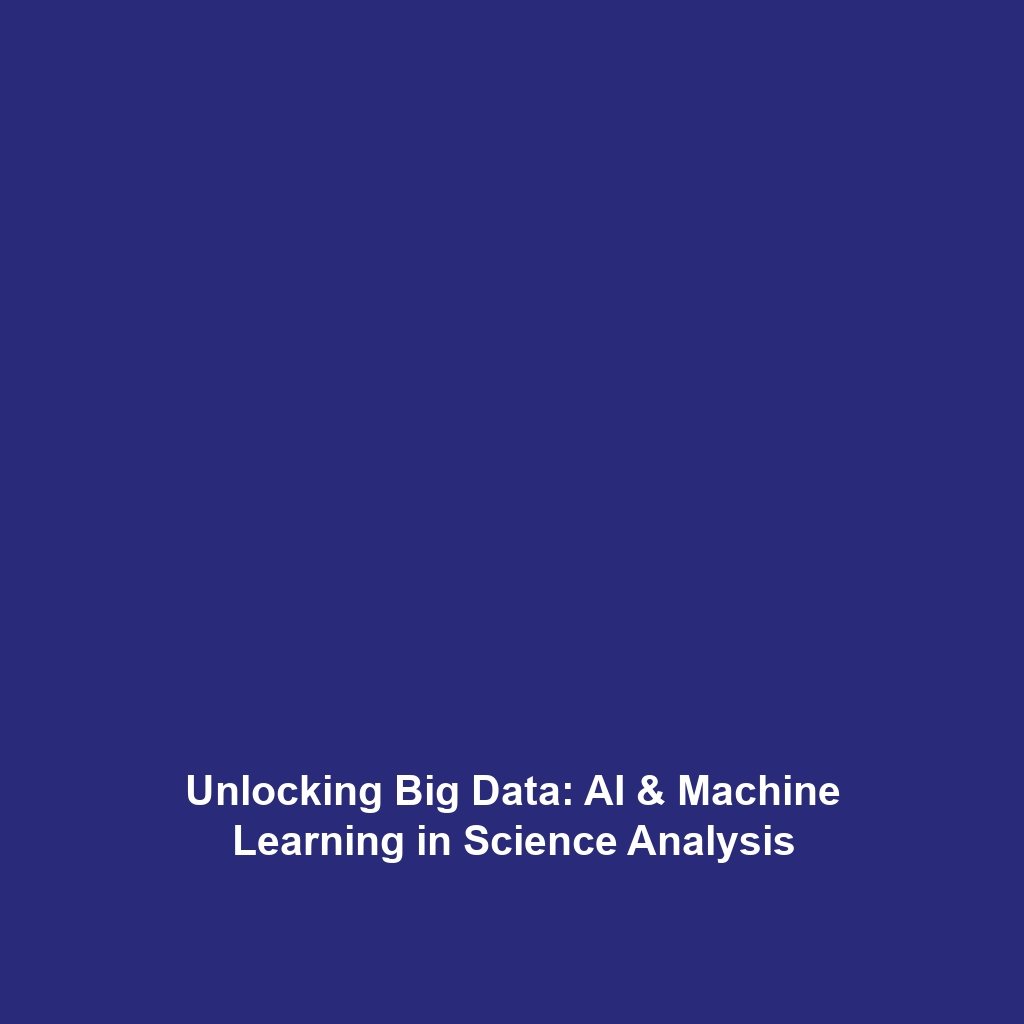Quantum Dots and Nanoscale Materials in Quantum Computing
Introduction
In the rapidly evolving field of Advanced Nanomaterials, quantum dots and other nanoscale materials are emerging as pivotal players in the development of quantum computing. These innovative materials harness the peculiar properties of quantum mechanics, leading to groundbreaking improvements in processing speeds. As researchers delve deeper into the potential of these nanoscale components, they offer promising solutions to traditional computing limitations, paving the way for a future of ultra-efficient technologies. This article explores the importance of quantum dots and their applications within this exciting realm.
Key Concepts
Understanding Quantum Dots
Quantum dots are semiconductor nanocrystals that exhibit quantum mechanical properties such as discrete energy levels and electron confinement. Their size-dependent optical and electronic characteristics make them extraordinarily versatile in various applications, particularly in quantum computing.
Nanoscale Materials in Quantum Computing
Beyond quantum dots, other nanoscale materials, including graphene and topological insulators, are similarly being researched for their ability to enhance the functionalities of quantum circuits. These materials help manage qubit states, reduce energy dissipation, and improve coherence times, making them essential in the quest for practical quantum computers.
Applications and Real-World Uses
The applications of quantum dots and nanoscale materials in quantum computing are diverse and significant. Some of the key real-world uses include:
- Quantum Dots in Photonic Qubits: Quantum dots are deployed to produce single photons, essential for quantum communication.
- Nanoscale Materials in Quantum Gates: Nanoscale materials contribute to the construction of efficient quantum gates, integral for computation.
- Scalability in Quantum Systems: Advances in nanoscale materials enable the scalability of quantum systems, promoting practical implementations.
Current Challenges
Despite their potential, the integration of quantum dots and other nanoscale materials into quantum computing faces several challenges, including:
- Scalability Issues: Producing consistent, high-quality quantum dots at scale remains a major barrier.
- Coherence Time: Ensuring long coherence times for qubits is critical for reliable quantum computations.
- Material Stability: Many nanoscale materials suffer from stability issues under operational conditions.
Future Research and Innovations
Looking ahead, research into quantum dots and other nanoscale materials aims to overcome current limitations and unlock their full potential. Upcoming innovations include:
- Development of Hybrid Quantum Systems: Combining various nanoscale materials to improve qubit performance.
- Advances in Material Engineering: Tailoring the properties of quantum dots for enhanced coherence and scalability.
- Integration with Classical Systems: Creating hybrid systems that bridge quantum computing with classical architectures for practical applications.
Conclusion
In summary, quantum dots and other nanoscale materials hold significant promise for revolutionizing quantum computing by enabling faster processing speeds and overcoming computational limitations. As research progresses in the realm of Advanced Nanomaterials, the potential for breakthroughs continues to grow. For those interested in exploring more about quantum technologies and their impact, consider reading our articles on Quantum Technology Innovations and Future of Nanomaterials.


